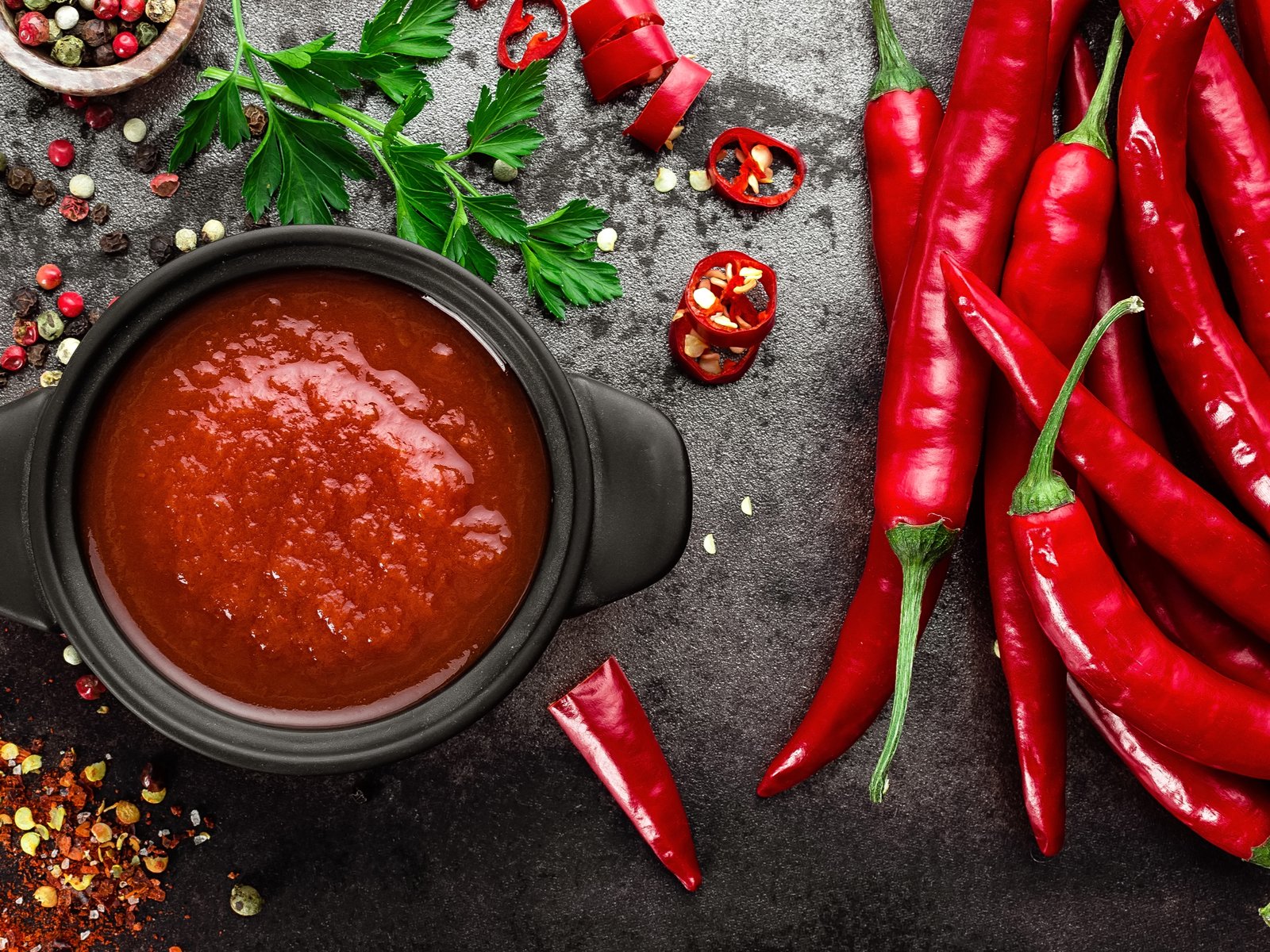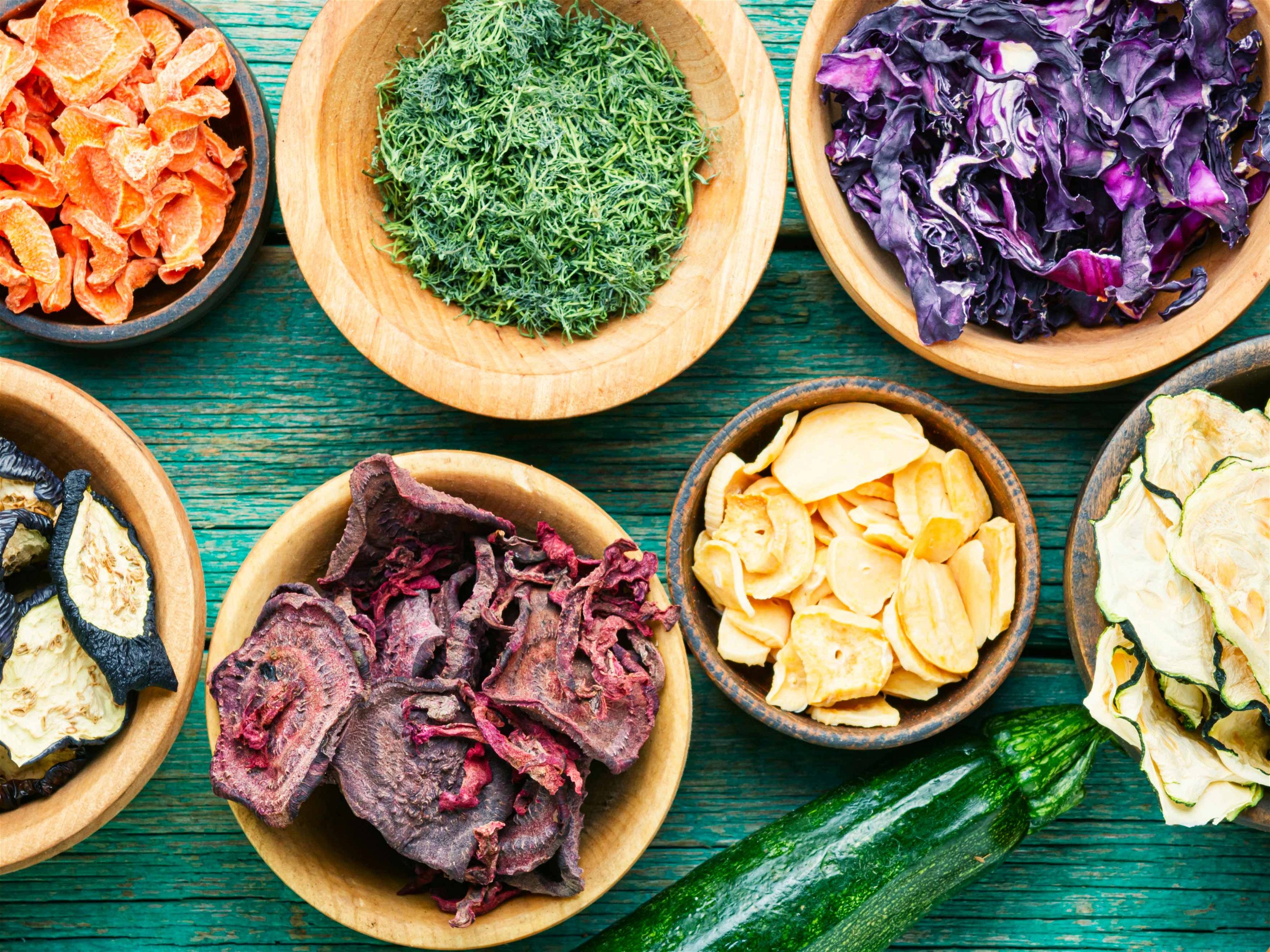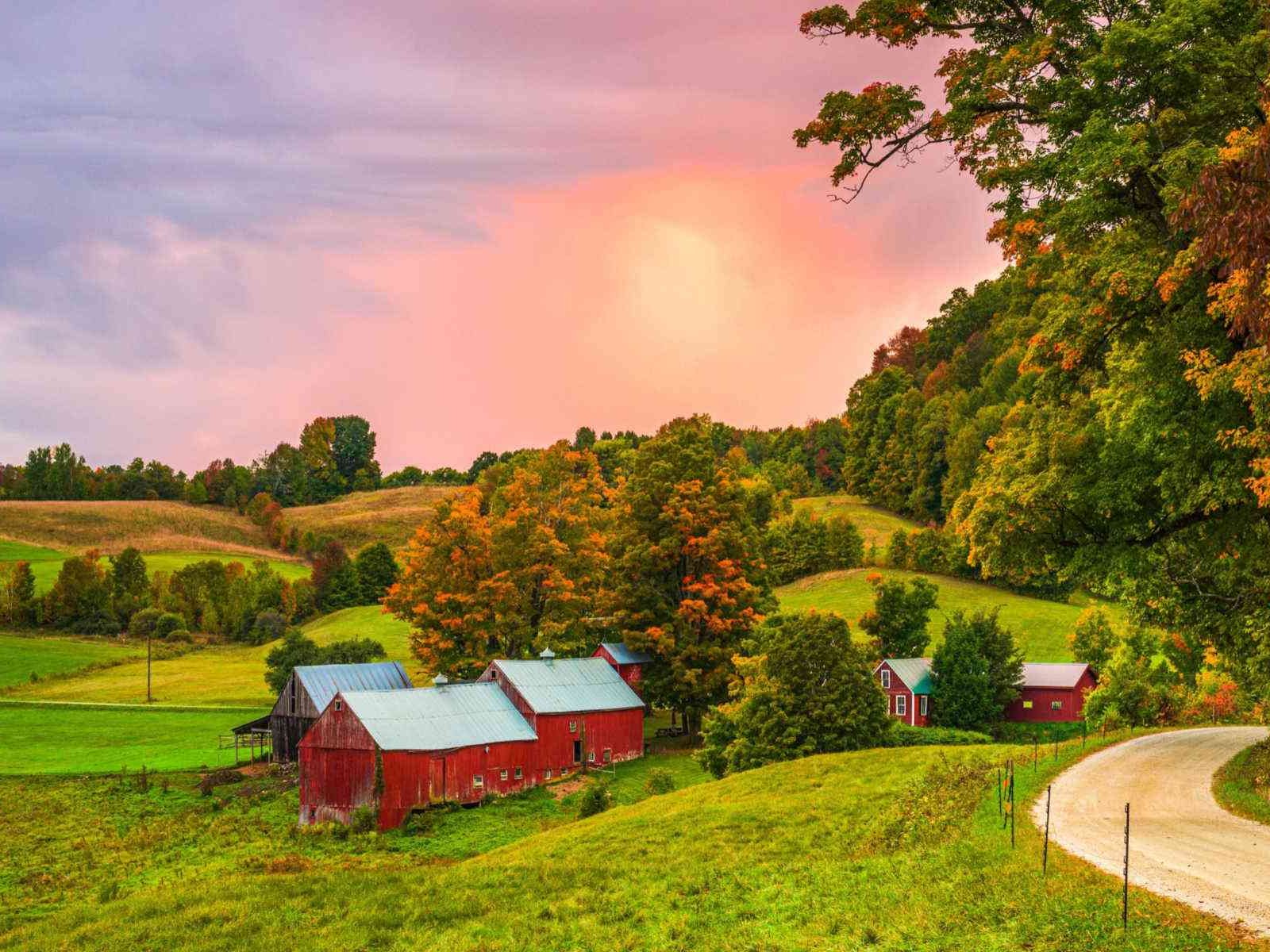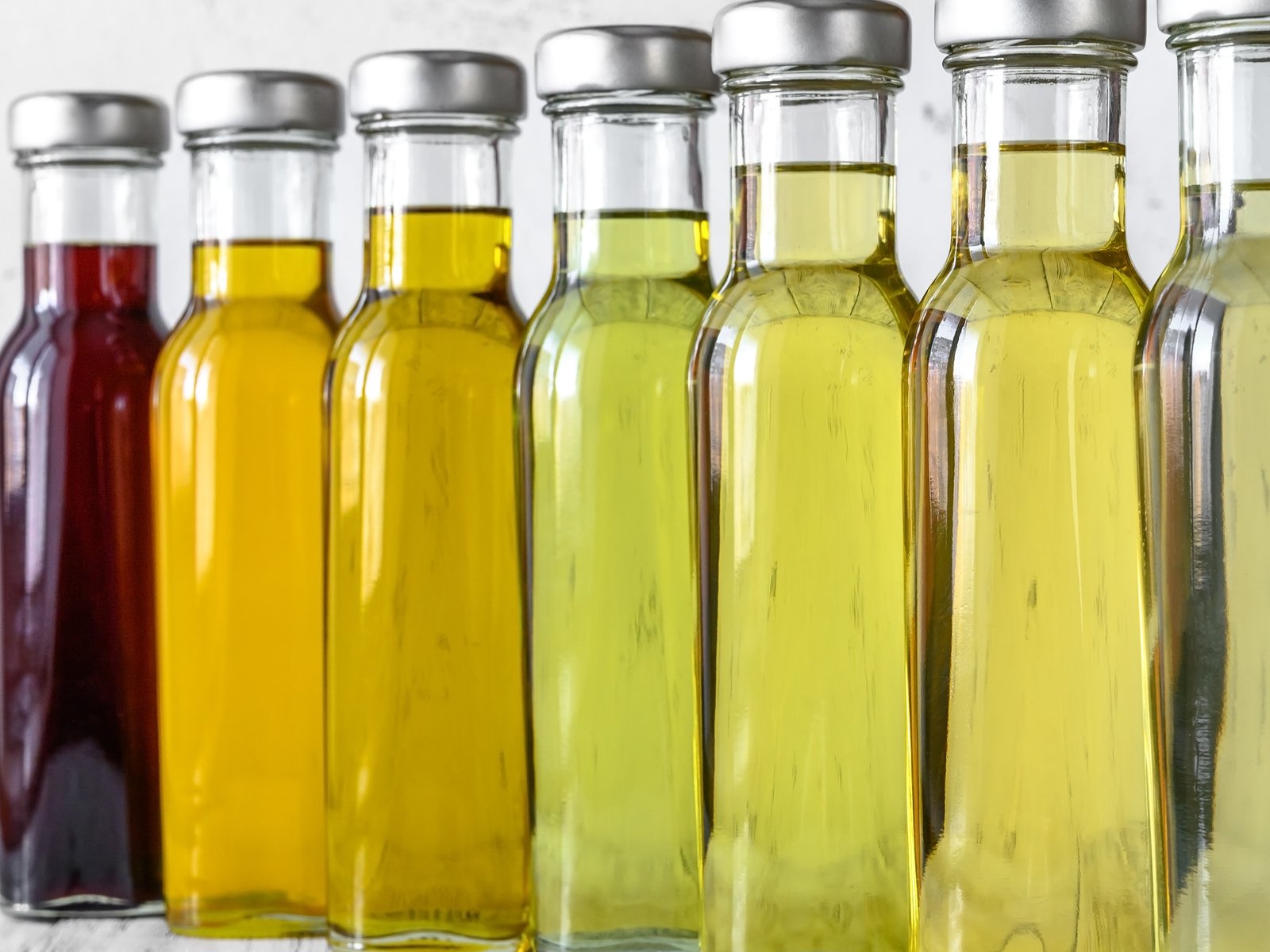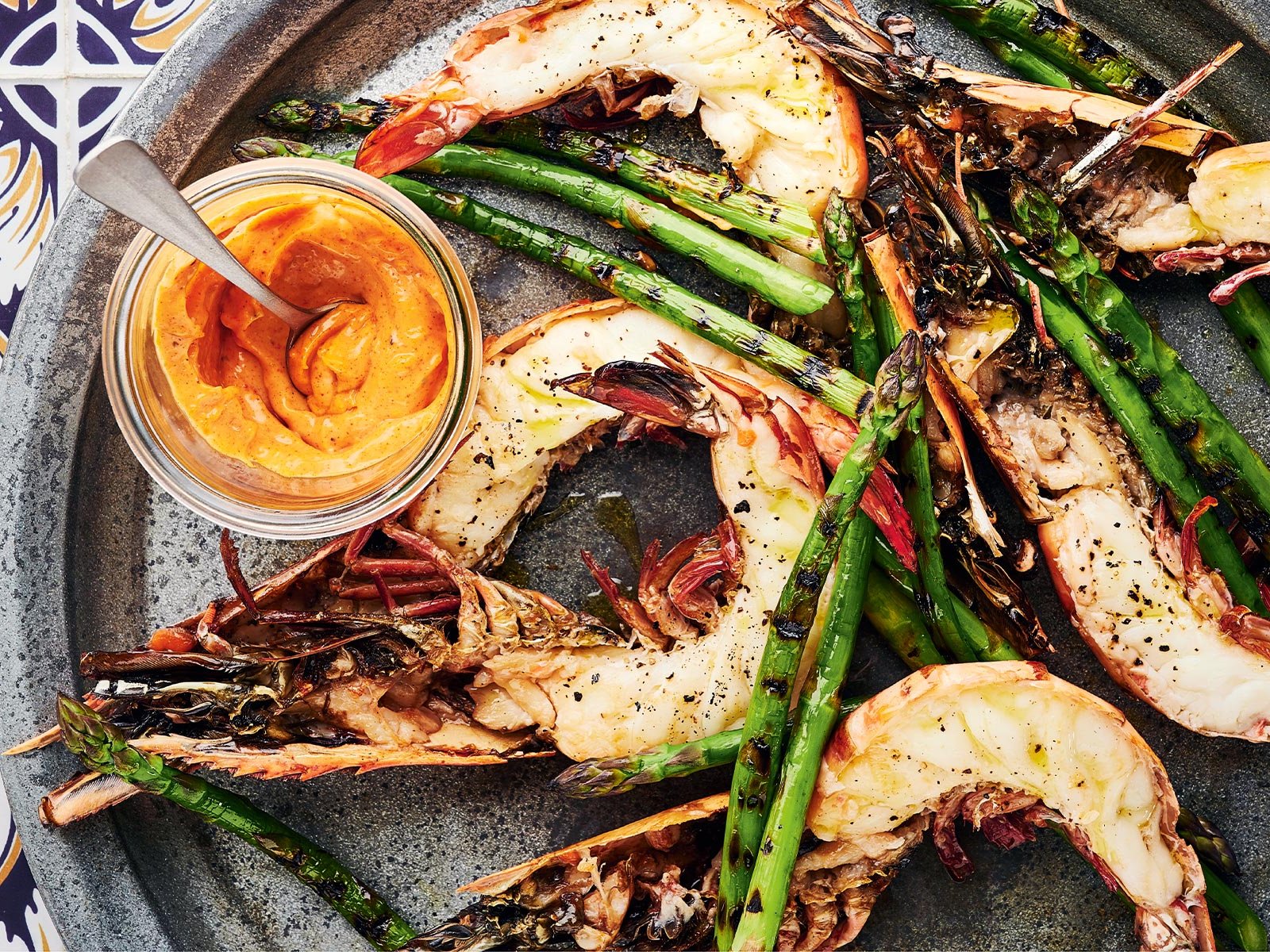The Seven Best Mushrooms to Eat this Autumn
Autumn is peak wild mushroom time. Here are the seven best mushrooms you should not miss out on.
Picking wild mushrooms for personal use – and not too many of any one species – is acceptable and permitted in many countries. However, fungi foraging in protected woodland is not and will harm the forest ecology by removing food sources for many other creatures. So either forage where it is allowed or buy mushrooms from a trusted supplier.
Never wash mushrooms, instead use a mushroom brush to clean any dirt and unwanted “inhabitants” especially if the mushroom looks like it has been nibbled (a shaving brush works perfectly, too). Mushrooms are powerfully nutritious. As early as 400BC, Hippocrates mentioned their medicinal value in his writing. They can strengthen the immune system, help fight cancer and inhibit blood clots and essentially are likely to help prolong life. And no, we have not forgotten about chanterelle and morel - their season is in spring and early summer.
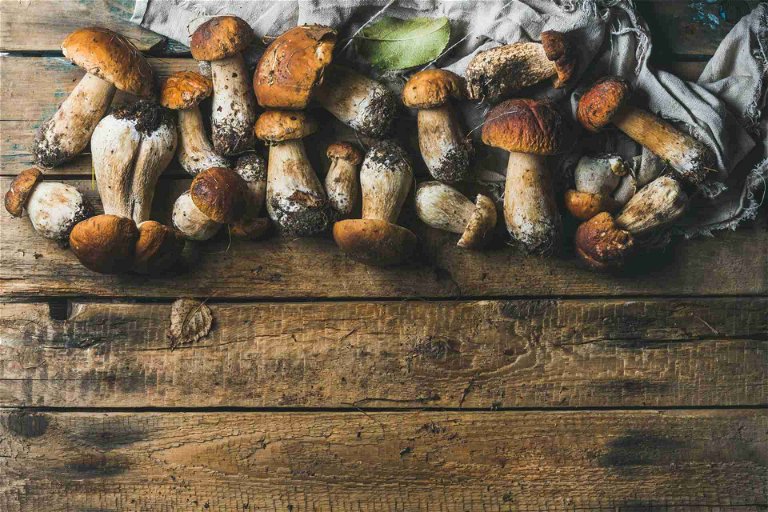
Cep/Porcini/Steinpilz
The highly coveted cep, also known by its Italian name Porcini, comes in various sizes. From thumb-sized to large with a chestnut-coloured glossy cap and thick stem. Ceps are found from the end of October, mostly picked by professionals in Croatia, Slovenia, Italy and Poland and are prized for their peak autumnal woody, earthy aroma and umami taste. Ceps are delicious simply drizzled with good extra virgin olive oil and salt and grilled. Sturdy, larger ceps can be roasted as if they were a steak.

Winter Chanterelle
Sometimes known as the ballerina mushroom, thin with long willowy stems, the winter chanterelle practically dances across the woodlands. They come in two colours, yellow and grey. Find them on mossy banks and damp woods. They have an apricot aroma and a delicate whisper of woodiness to their taste and work well with autumnal dishes including grouse with turnips and blackcurrants.
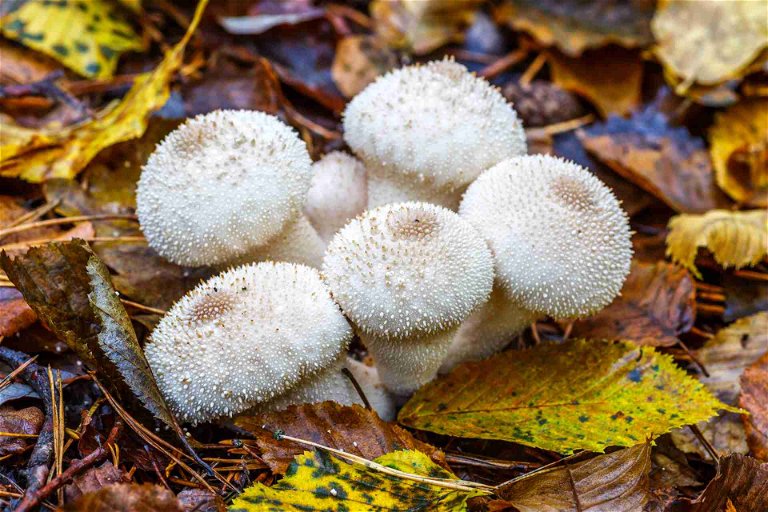
Puffball
Giant puffballs are wondrous. Clear, milky white and unblemished with firm flesh, they are found in meadows and on the edge of sports pitches and hedgerows, especially when the weather has been warm yet damp. To be sure the puffball is edible and not the poisonous Amanitas slice it vertically in half and check there are no gill markings. It should also be white throughout and have a marshmallow-like texture. Puffballs are often deep-fried in a coating of breadcrumbs, flour and egg.

Girolle
Girolles are a tasty find in wet woodland areas and can be identified by their large caps (up to 20cm wide). They are pale and creamy coloured, with small spines underneath. Their delicate earthy flavour makes them a good partner for fish dishes.
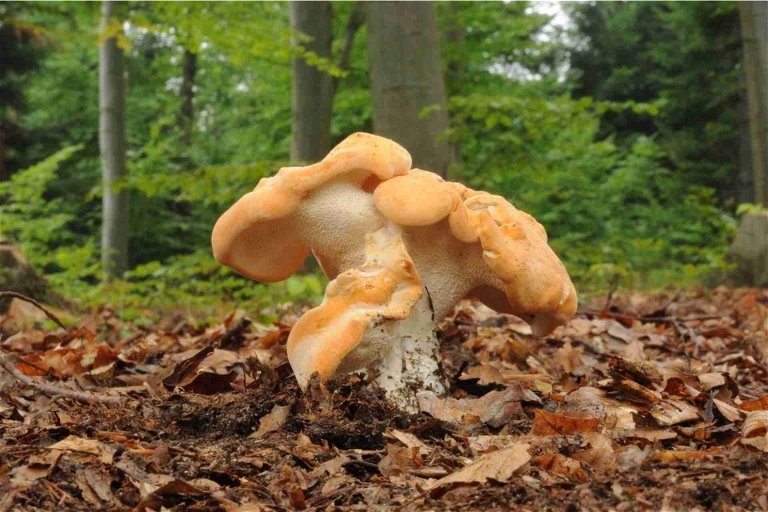
Hedgehog Mushroom
Hedgehog mushrooms, known as Pied de Mouton in France, are a little more spiky on the gills with a sweet, nutty taste. They are good for making duxelles for Beef Wellington or make a great addition to a risotto.

Chicken of the Woods
This is an extraordinarily large apricot-coloured fungus that grows bracket-like on trees until early autumn. It has a dense texture and works well as a chicken alternative for a Thai mushroom larb with lemongrass, ginger and chilli.
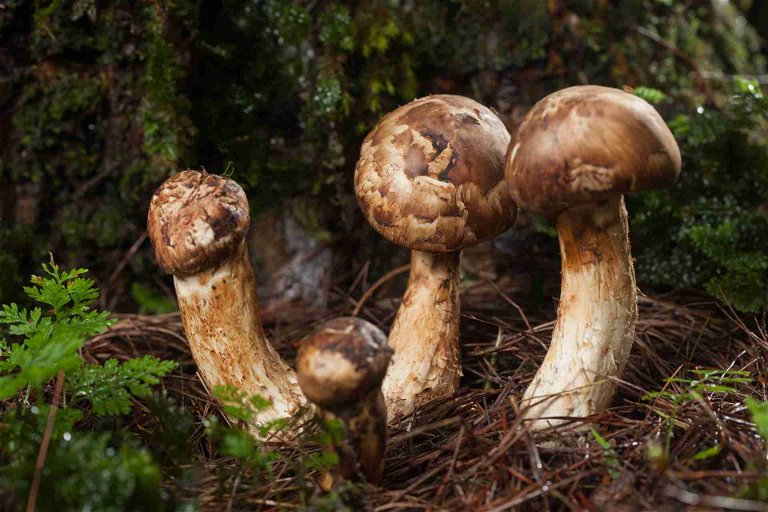
Matsutake
Found under red pines in the Temba region close to Kyoto, Japan, both the trees and the mushrooms have become increasingly scarce – almost to the point of becoming an endangered species. They are treasured by the Japanese for their bouncy, almost crunchy texture when cooked and gently spicy, fruity flavour reminiscent of cedar. Matsutake rice using new season rice is the classic way to bring out their delicate, complex aroma.






